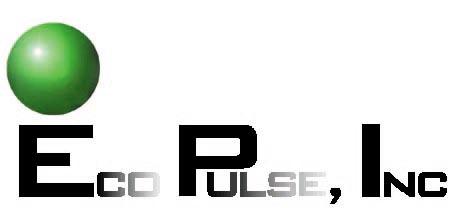

A practical problem with lithium is its corrosion. Lithium metal develops a protective oxide layer when the humidity is very low (a dewpoint below -55 Celcius is recommended), hence the use of dry rooms in the larger lithium-handling facilities. In outside air on a crisp winter day lithium may remain visibly unaffected for 30 minutes, but on a humid summer day lithium corrodes away within a minute or so. A conformal coating with parylene-N, a well-known humidity barrier that is commonly used e.g., to protect circuit boards against humidity, can also protect lithium against corrosion: a micron-thick parylene layer is good enough to keep lithium uncorroded for 10 minutes on a summer day. How we have done this is described in an internal document here.
The standard material for transparent windows in the soft x-ray regime is beryllium, which combines good strength with x-ray transparency. Unfortunately, beryllium is a health hazard whose use in experiments may demand paperwork that is often better to avoid. Lithium would be viable alternative if it would be stronger.
The mechanical properties of metals are affected by well-known methods such as alloying, heat treatment, and mixing in a fine powder of some other hard material. Lithium also becomes stronger by mixing in ceramic powders, and when the powder is lithium hydride the x-ray transparency of the mix remains as good as that of lithium itself. Some data on this material is documented in Rev. Sci. Instrum. 79, 055108 (2008): when cryogenically cooled it can be as strong as beryllium.